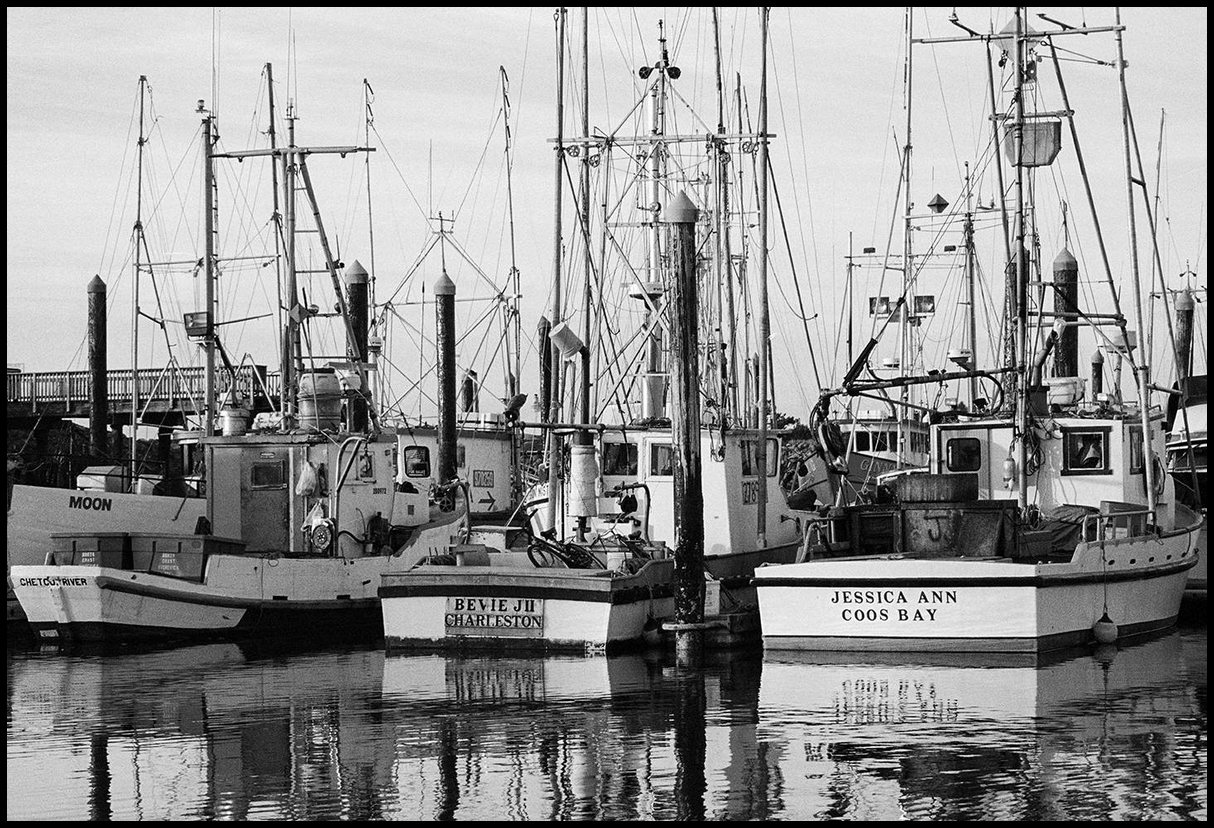regular
Member
It makes sense, indeed. It is all part of the theory of information.
Following Nyquist's idea, the sampling frequency needs to be at least twice the higher frequency you want to capture.
When applied to sound, it means that you need to sample at 44kHz (audio CD) if you want to capture sounds between 0 to 22kHz.
When applied to graphics, the ideal scanner should have a resolution of half the grain size. Without it, there is aliasing : high-frequency spatial details (grain) are confused with lower-frequency details (subject of the photo).
That is an issue close to "moiré" then.
Following Nyquist's idea, the sampling frequency needs to be at least twice the higher frequency you want to capture.
When applied to sound, it means that you need to sample at 44kHz (audio CD) if you want to capture sounds between 0 to 22kHz.
When applied to graphics, the ideal scanner should have a resolution of half the grain size. Without it, there is aliasing : high-frequency spatial details (grain) are confused with lower-frequency details (subject of the photo).
That is an issue close to "moiré" then.


